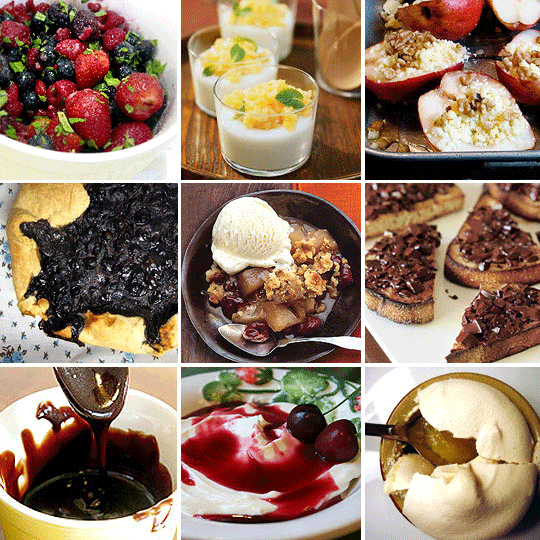Types of food emulsifiers
The most frequently used raw materials for emulsifiers include palm oil, rapeseed oil, soy bean oil, sunflower oil or lard/tallow. Egg happens to be the oldest emulsifier.

Basic emulsifier production involves combining oil (triglyceride) with glycerol that results in monoglyceride. The type of triglyceride used in the reaction determines the type of emulsifier obtained.

Unsaturated triglycerides produce fluid products such as oil while saturated triglycerides result in pasty or solid structures like butter. Monoglycerides can be combined with other substances, such as citric acid and lactic acid, in order to increase their emulsifying properties. Food drugs and cosmetics and pigment emulsions also require one or other kind of emulsifier.
On the basis of their hydrophilic groups, there are basically four categories of natural food emulsifiers and emulsifiers. Food emulsifiers list:
Anionics
Non-ionics
Cationics
Amphoterics
Food Emulsifier
Food Preservatives
Food Preservatives
Egg Yolk emulsifying agent lecithin
Honey
Mustard
Soy lecithin
CSL Calcium Stearoyl Di Laciate
PolyGlycerol Ester (PGE)
Sorbitan Ester (SOE)
PG Ester (PGME)
Sugar Ester (SE)
Monoglyceride (MG)
Acetylated Monoglyceride (AMG)
Lactylated Monoglyceride (LMG)
Prev:





